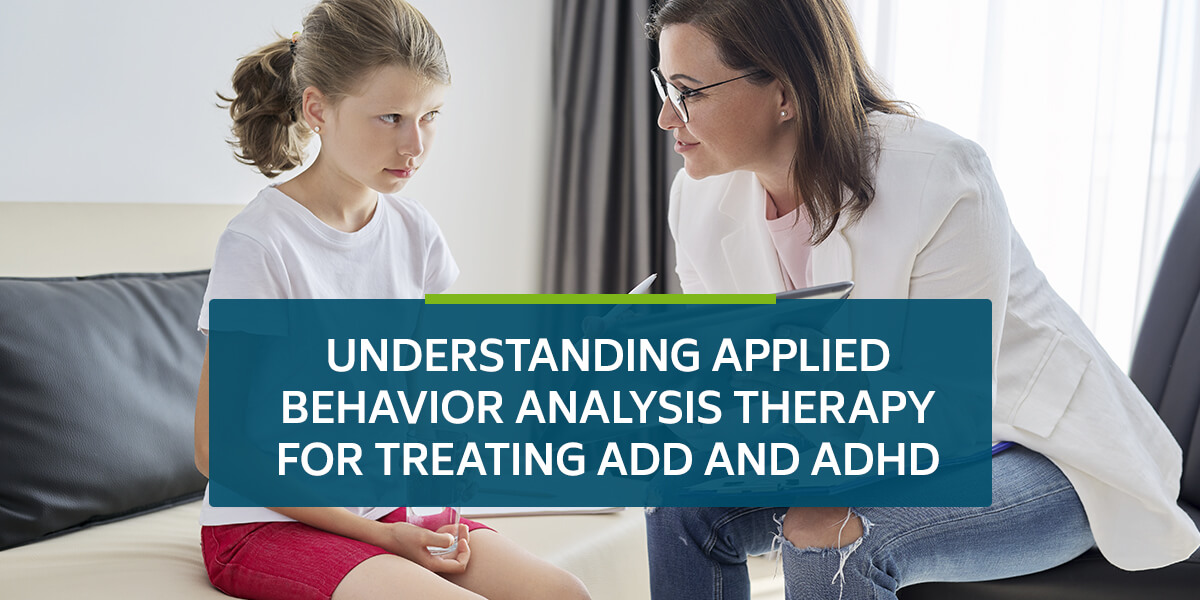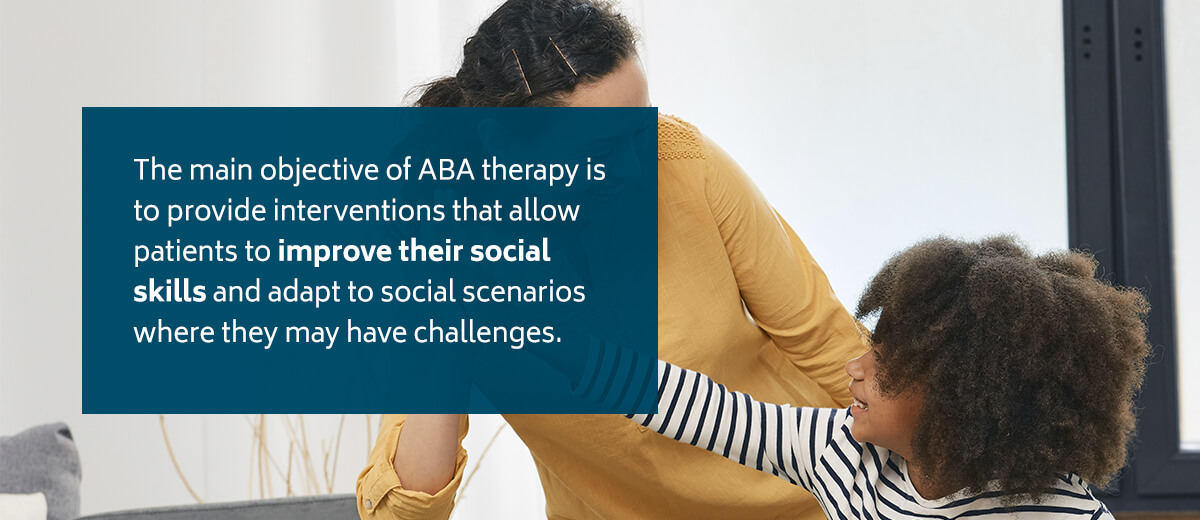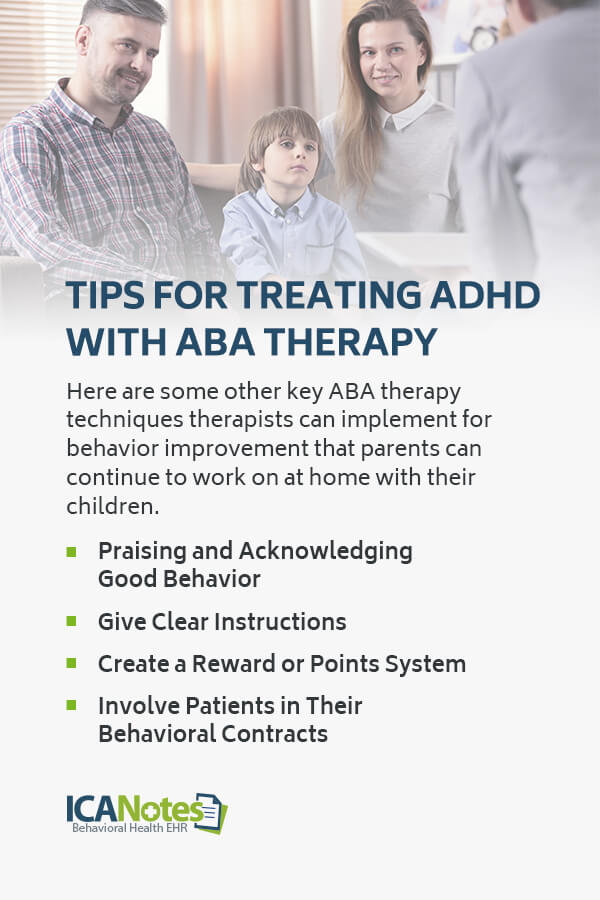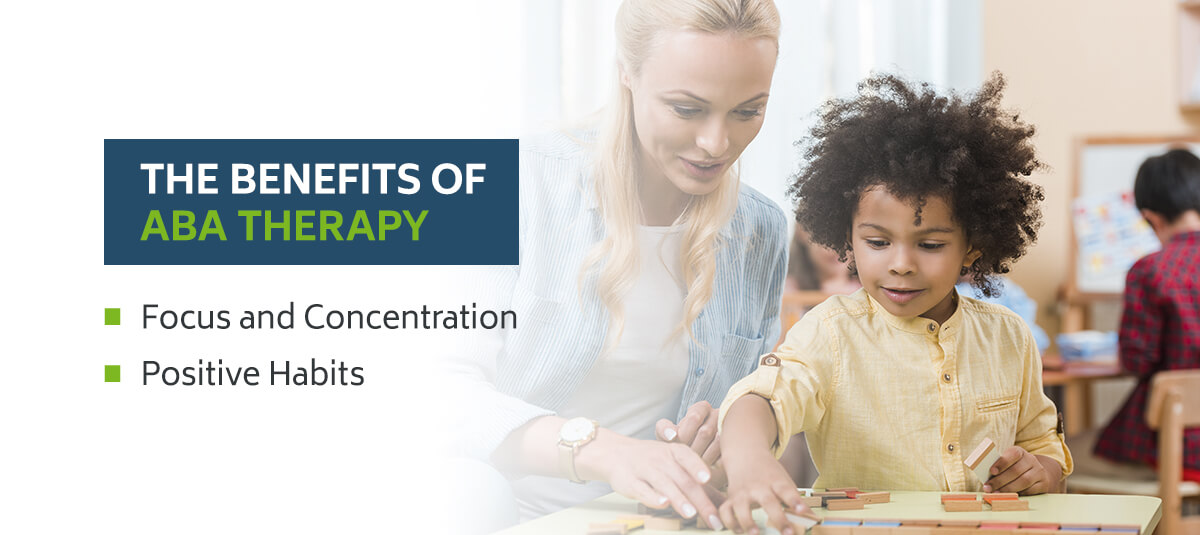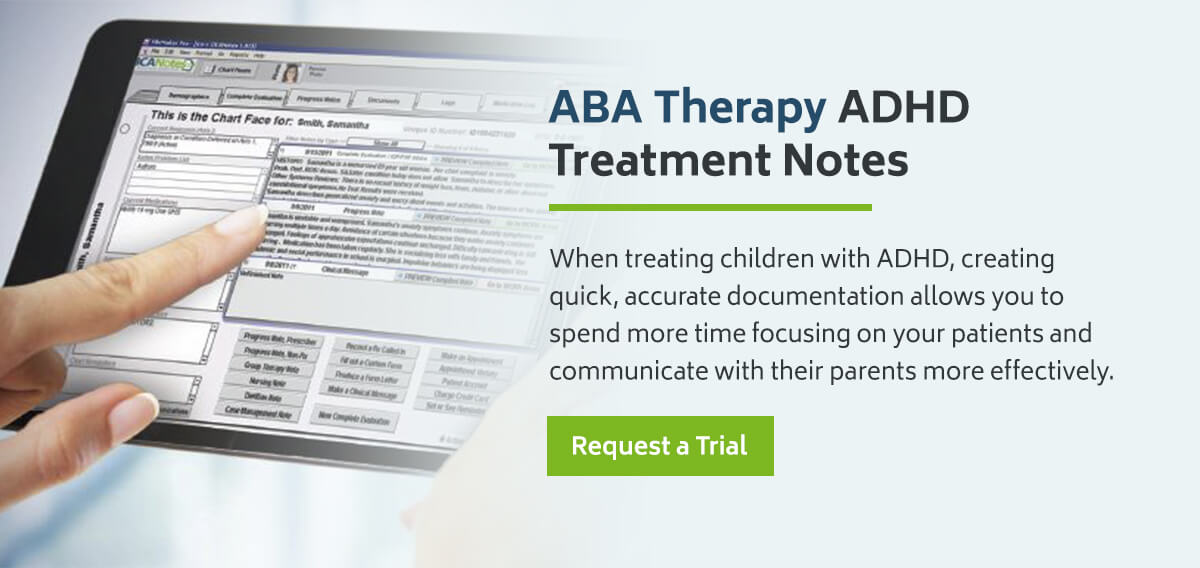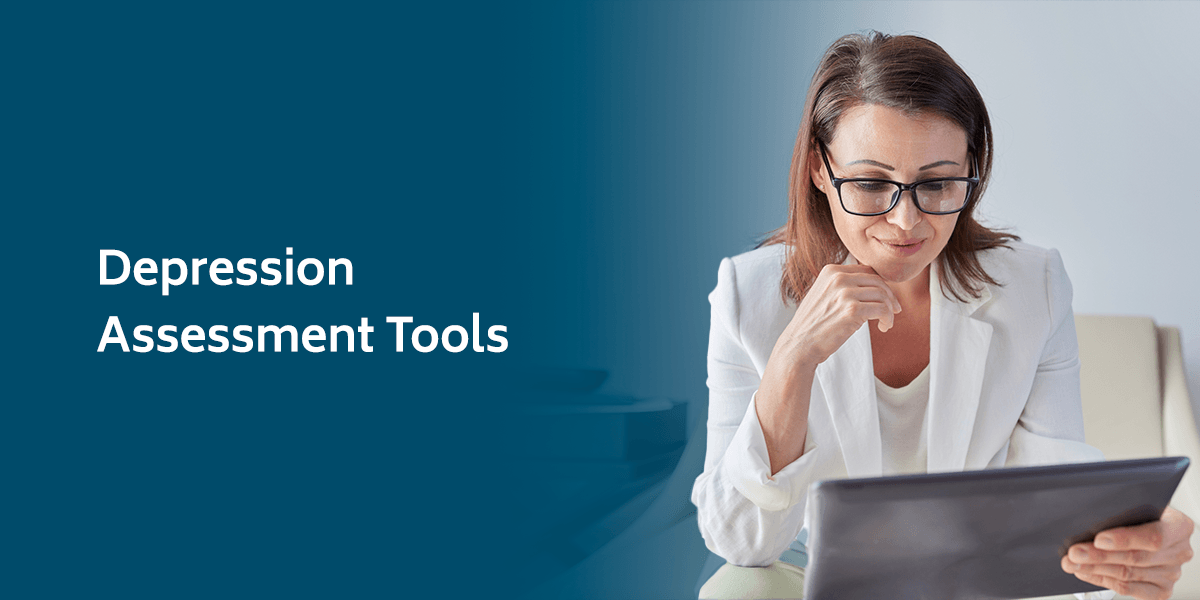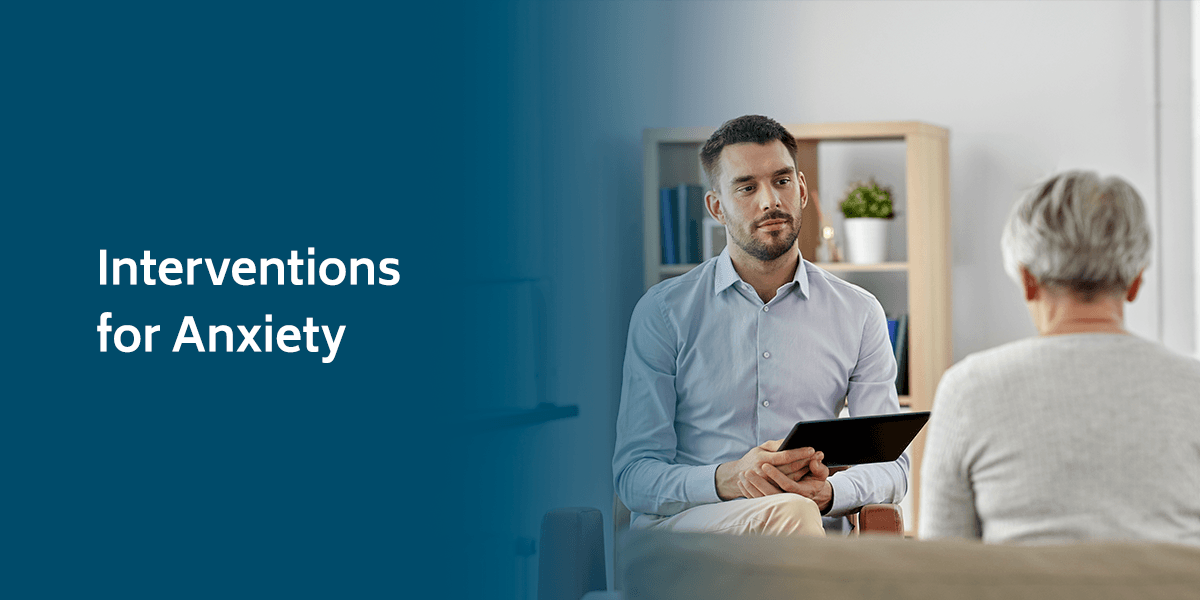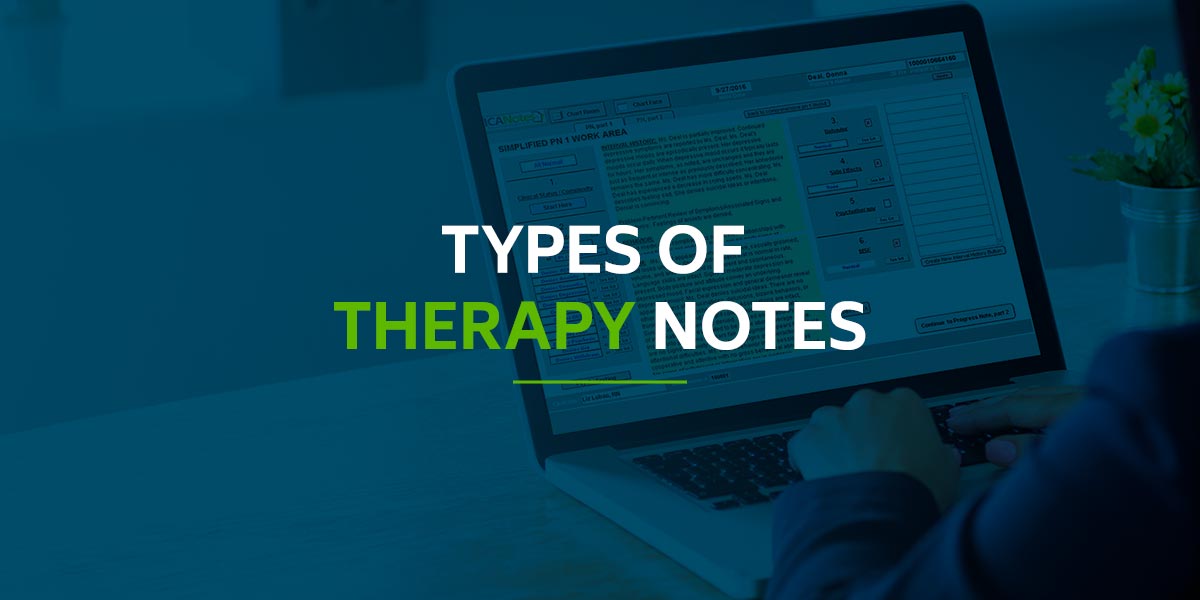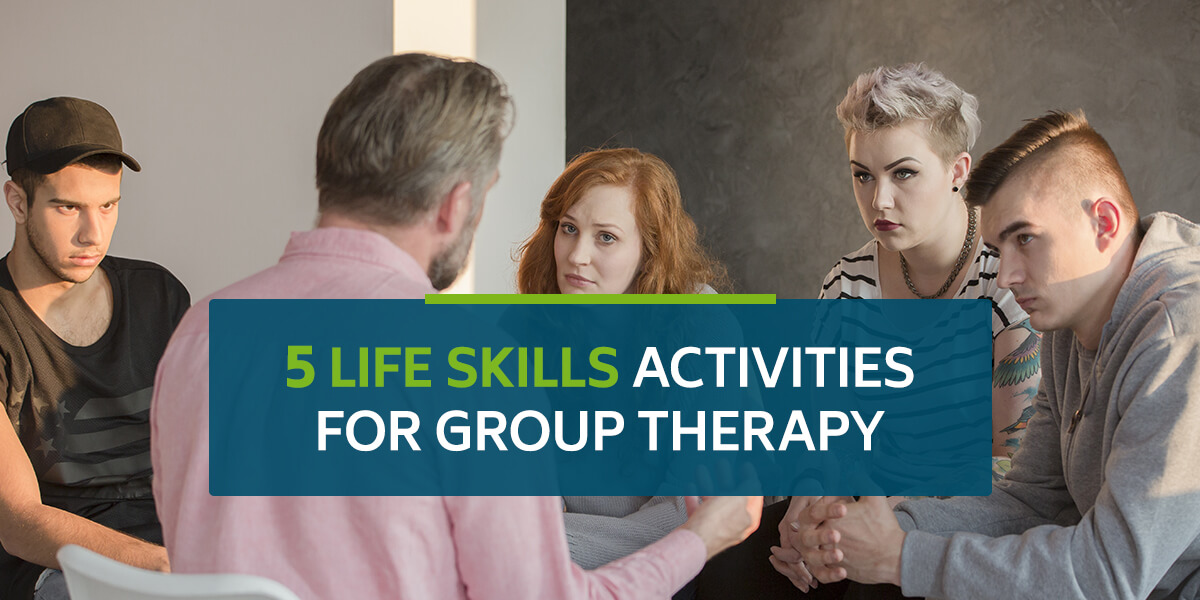Attention-deficit/hyperactivity disorder (ADHD), previously called attention-deficit disorder (ADD), is a chronic neurodevelopmental disorder that affects a person's ability to sit still and pay attention and can even lead to low self-esteem. About 8.4% of children have ADHD, with symptoms typically showing around age 3-6 and most commonly diagnosed by age 7. While 6.1% of children with ADHD are treated with stimulant medications, these medications can lead to adverse side effects, including delayed growth, headaches, sleep problems and irritability.
Behavioral therapy for ADHD, on the other hand, has a high success rate in managing behavior and self-control in children with this disorder. As a therapist, you can use different strategies and psychotherapy for ADHD to improve negative behaviors, provide positive reinforcement and teach your patients to communicate more effectively.
Table of Contents
Upcoming Webinar
Tuesday, January 23, 2024 · 1:00 p.m. EST
Are you a behavioral health professional looking to enhance your understanding and treatment of Attention-Deficit/Hyperactivity Disorder (ADHD) in children and adolescents? Join us for an insightful webinar featuring Bea Sanders, LCSW, as she presents a holistic guide to ADHD treatment on Tuesday, January 23 at 1 pm Eastern time.
All attendees will receive a copy of our comprehensive list of digital resources and interventions that can be used in therapy, by parents, and school staff.
Behavioral Issues Related to ADHD
While adults with ADHD can have behavioral issues associated with their symptoms, these issues are more likely to begin during childhood. Different types of ADHD can produce various behavioral problems, including:
- Inattention: The child is easily distracted or has trouble paying attention to matters they should focus on.
- Hyperactivity and impulsivity: The child has difficulty sitting still, interrupts others frequently, fidgets and squirms often.
- Combined: The child has combined symptoms and behavioral issues from both inattention and hyperactivity or impulsivity types.
Children may exhibit other symptoms associated with ADHD, including:
- Failing to finish daily tasks or chores
- Appearing not to be listening when spoken to
- Experiencing problems with staying organized
- Difficulty following orders or waiting for their turn
- Losing everyday materials like toys, books, schoolwork
Though symptoms vary in every patient, the diagnosis must also consider whether the ADHD is mild, moderate or severe. The severity component is critical to help determine what type of therapy or treatment is suitable for the child.
When children with ADHD exhibit behavioral problems that persist over time and go untreated, they can also develop a behavioral disorder, such as oppositional defiant disorder (ODD) or conduct disorder (CD). Children with ADHD are more likely to be diagnosed with one of these disorders compared to children who do not have ADHD. These disorders relate to how a child might respond aggressively or defiantly to adults.
Children with ODD tend to act out more at home with family members or with regular care providers during school. Some examples of behavior in children with ODD include:
- Getting angry
- Feeling resentful
- Arguing with adults
- Losing their temper
- Deliberately antagonizing others
- Feeling easily annoyed by others
- Refusing to comply with rules or requests
- Blaming other people for their behavior or mistakes
- Wanting to hurt someone who has caused problems for them
With CD, children may show a more severe progression of behavioral issues and aggression toward others. Having ADHD already makes children more likely to be diagnosed with CD, making children with these disorders more likely to be injured. In addition, having ADHD and CD can also make it more difficult for children to get along with their peers because they often violate serious rules and social norms. Some examples of behaviors of those with CD include:
- Lying
- Running away
- Skipping school
- Staying out past curfew
- Breaking the law and getting arrested
- Acting cruel or abusive toward animals
- Stealing or damaging someone else's property
- Bullying, fighting or causing harm to another person
How ABA Therapy Can Help
Applied behavioral analysis (ABA) is a type of interpersonal therapy often used to help children with autism, but it can also be applied to those with ADHD. The main objective of ABA therapy is to provide interventions that allow patients to improve their social skills and adapt to social scenarios where they may have challenges.
ABA also focuses on behavior assessments and observation of patients, such as with the functional behavior assessment, which evaluates a child's motivation to engage in certain behaviors. Research indicates that this type of behavioral therapy, when combined with medication, produces the best outcomes when both children and parents have ADHD and helps them effectively manage everyday challenges. ABA therapy can help improve skills and reduce impulsivity in children with ADHD, allowing them to take lower doses of medication.
Children with ADHD can often cause disruptions in school or interrupt adults when they're speaking. While responding negatively to these disruptions is a typical response, it can discourage children from working on their behavioral issues. This is where ABA therapy can help. ABA therapy allows therapists to evaluate how much positive and negative reinforcement is necessary for a patient to help parents, teachers and other caregiving adults respond effectively and appropriately to the child.
This balance can help achieve the desired results by rewarding good behavior and withholding the reward until the negative behavior stops — without causing the child to feel any negativity around their diagnosis.
Learning Outcomes
Over time, the child will learn to make connections about what behaviors are positive and negative and which are socially acceptable. ABA often uses benchmarks to determine what the child's parents wish to get out of therapy and establish an effective plan to monitor how the child progresses towards those goals.
As a therapist, you can then adjust and adapt their personalized plan to meet the child's needs while working to improve what they struggle with the most. This plan should also consider how to increase the child's strengths as much as trying to reduce or prevent disruptive behaviors from occurring in the first place.
ABA can help your patient carry the learned behaviors from their session into the real world and be better prepared for situations with family and among their peers at school. Research shows that ABA therapy has been successful in improving the following traits:
- Social abilities
- Intellectual abilities
- Language development
- Skills for day-to-day living
ABA Therapy Strategies for Treating ADHD
Now that we have a general overview of what ABA does and how it can be effective, let's look at some of the specific ABA strategies therapists can use to help treat ADHD. The following techniques are often used to help condition more positive, functional behaviors in children with ADHD:
- Differential reinforcement of behaviors: Therapists give positive reinforcement for improved or appropriate behaviors and negative reinforcement or no reward when negative behaviors occur.
- Discrete trial training and task analysis: Therapists break down complex and negative behaviors into different elements to reinforce each one and encourage the patient to slowly build up to the desired behavior.
- Self-management training: Though this technique is often used with older patients, therapists can use it to teach kids self-awareness and self-praise by providing them skills to help manage their problematic behaviors.
These conditioning techniques are usually reserved for patients with moderate to severe ADHD. The American Academy of Pediatrics (AAP) recommends using therapy to treat ADHD before trying medication, especially if the child is under 6 years old. These behavior modification strategies can help therapists and parents see where the child struggles to engage or listen and adjust the interventions accordingly.
The positive and negative reinforcement technique can be used for many different behavioral issues related to ADHD, including task completion, academic responding, impulsivity and social skills. Reinforcement lays the foundation for prompting and adjusting environmental contingencies to help children establish new appropriate behaviors and life skills. This ABA therapy strategy can also help influence aggression in children with ADHD.
To make a strong ADHD behavioral therapy plan, you can also ask parents some of these questions to get a better idea of what you need to concentrate on with your patient:
- What do you want your child to do that they aren't doing?
- How can you respond to your child without getting angry?
- How can you relay your instructions in a receptive or visual format?
- What incentives can you provide to make those behaviors worthwhile?
- What routine does your child have at home? Where do they fail to follow it?
- What reminders can you give your child to take more control over their actions without overwhelming them?
While parents might not have an answer to all of these questions, it can help you form a clearer picture as to what behavior you and the parents expect from the child and how you can promote it. You can even help them with ideas for rewarding the good behavior and providing positive reinforcement at home, such as treating their child to ice cream, letting them have more screen time or cooking their favorite meal.
The more these positive behaviors are reinforced — during therapy and at home — the easier it will be for the child to transfer those behaviors into different settings.
Tips for Treating ADHD With ABA Therapy
Here are some other key ABA therapy techniques therapists can implement for behavior improvement that parents can continue to work on at home with their children.
Praising and Acknowledging Good Behavior
Similar to positive reinforcement, but on a lesser level, this strategy lets the child know you notice them attempting to change their behavior. If the child is old enough to attend school, teachers and educators may constantly tell them what they're doing wrong every day, so it's critical to find the good and point it out to them.
For example, you can give them small praise for sitting for a longer period during their session or for not interrupting you when asking them a question.
Give Clear Instructions
Because children with ADHD tend to have a hard time paying attention or focusing on something for a long time, try to give clear, simple instructions about the behavior you want to see. Be sure to keep expectations reasonable and within the child's capabilities.
For example, statements like “You need to pay attention” or “You need to listen more” are vague. Try to give the child direct instructions that are easier to follow, such as “Please put your pencil down” or “Take your folder out of your bag.” Once your patient learns how to respond to simple instructions, they can build on that and become more receptive to vague directions.
Create a Reward or Points System
While it's important for you — and parents — to see your patient's progress, it's just as essential for the child to see themselves progressing. Using a rewards or points system provides an excellent visual format for children to see the goal they've completed and what they've achieved so far in managing their ADHD.
Whether your patient reduces their amount of interruptions, completes their household chores or homework or gives you their attention for an entire session, short-term rewards will help them feel more accomplished. These rewards can be part of your positive/negative reinforcement strategy or just another way to motivate them to implement improved behaviors.
Involve Patients in Their Behavioral Contracts
You can involve your patients in their ABA therapy treatment for ADHD by allowing them to have input in their goals and rewards. Allowing them to participate in their own behavioral therapy outcomes can help them understand why they're in therapy and what they can achieve with your help and their parents' support.
These behavioral contracts can list manageable targets and rewards along the way as children complete more of their treatment. Creating a contract together is a great ADHD therapy activity for you to conduct with your patients and their parents.
Maintain Consistency
Consistency is key. It's important to remind parents that just because their child completes a task or engages in good behavior one day doesn't mean it will happen the next day. However, it's critical to remain consistent and stick to the behavioral plan.
If your patient meets their behavior goals two days out of the week, it's still an improvement. Maintaining consistency will show the child that the established rules are for their benefit and can help them adjust over time. Keep in mind that baby steps still indicate progress.
The Benefits of ABA Therapy
ABA therapy for children with ADHD can utilize a family approach to change problematic behaviors and how parents and loved ones can respond to negative actions. With ABA, you can teach your patients how to manage their ADHD, including any behaviors that make it difficult to overcome challenges with their daily tasks and expectations.
Focus and Concentration
While medications can have certain benefits, behavioral therapy addresses specific problem behaviors by establishing predictability and routines to help increase attention and focus. The challenge is ADHD makes it difficult for children to sit still or listen without getting distracted. ABA therapy works with that challenge to implement simple reminders and manageable goals. Using a rewards or reinforcement system is effective in increasing attention span in children with ADHD.
Positive Habits
Studies show that children with ADHD, due to inattention and impulsivity, have a higher risk of engaging in behaviors that could lead to injury and put their safety at risk. Behavior therapy can help promote positive habits and a healthy lifestyle that supports their mental health while managing their ADHD symptoms.
These positive habits can range from supporting physical activity, nutrition and sleep to healthier communication among families and caregivers. ABA therapy provides the foundation to increase a child's self-confidence with these skills and help them practice social integration.
ABA Therapy ADHD Treatment Notes
ABA therapy can help with many aspects when treating a child with ADHD. One of the most effective ways to conduct ABA therapy is to maintain clear documentation of your patient's progression to see how they achieve their goals over time. With ICANotes, writing notes is much easier, faster and simpler. Our intuitive note templates allow you to create comprehensive:
- Progress notes
- Treatment plans
- Initial assessments
- Group therapy notes
- Discharge summaries
When treating children with ADHD, creating quick, accurate documentation allows you to spend more time focusing on your patients and communicate with their parents more effectively. To learn more about how our robust note-writing software can help you, request a free trial or schedule a live demo online today.

